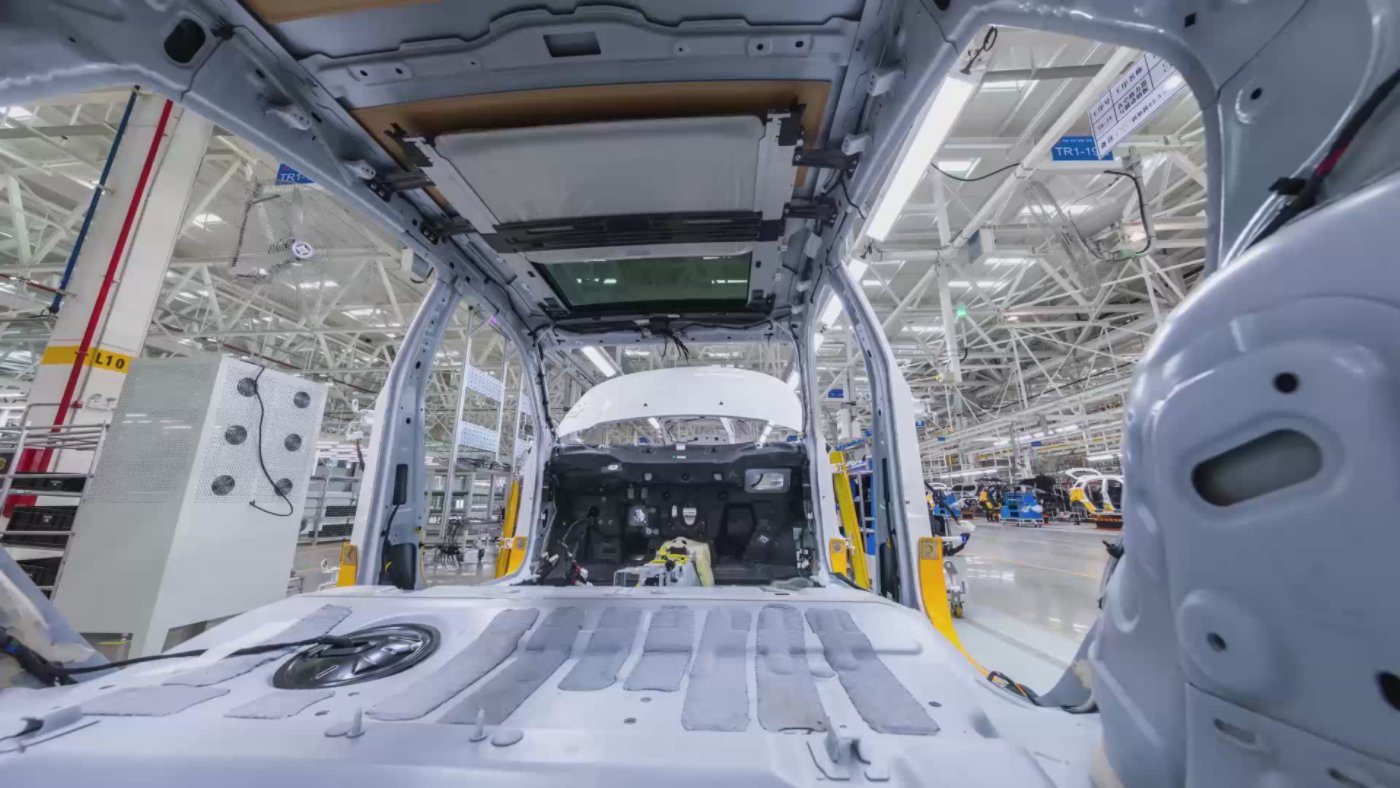Government
Citizens are
your customers
your customers
Delight them with streamlined,
secure and inclusive experiences
secure and inclusive experiences

Overview
We help government leaders leverage cloud, business resiliency, and network services to make the most of their IT workloads and transformations in safe, secure, and scalable environments.
Improve citizen experiences and outcomes
Advance digital equity and inclusion
Build a secure and resilient government
Government
Citizens are your customers
Delight them with streamlined, secure and inclusive experiences
We help government leaders leverage cloud, business resiliency, and network services to optimize their IT workloads and transformations in safe and secure, and scalable environments.
03
things
to know
to know
01
$3.6M per data breach
The average cost of a data breach for state and local governments is $3.6 million.
Source: Ponemon Institute.
02
80% of IT spend
Legacy systems account for more than 80% of government IT spending.
Source: Gartner
03
$1T annual savings
Digital transformation could result in annual savings of up to $1 trillion for the public sector globally.
Source: McKinsey & Company
Customer use cases
Helping governments achieve better outcomes

What if your next DMV visit takes less than 15 minutes?
What if your next DMV visit takes less than 15 minutes?
Kyndryl partnered with the Arizona DMV to support digital transformation initiatives that turned a notoriously time-consuming chore into a delightful experience for citizens.

Connecting students and teachers to learning
Connecting students and teachers to learning
Kyndryl collaborated with an underserved school system that struggled to provide digital equity for its students in the face of a natural disaster and a pandemic.

Less paper, more security and insights
Less paper, more security and insights
Kyndryl is helping a large university increase security and resiliency by digitizing more than 2 million pages of paper-based student records.
industry experts
Our experts, your challenges
Read the Q&A with Kyndryl government expert, Anita Mikus
QHow can governments use technology to build more efficient and more scalable government services?
AGovernments can tap into AI, data analytics, cloud computing, and digital platforms to understand and anticipate constituent needs, automate routine tasks and ultimately deliver more personalized services. These technologies help streamline processes, improve efficiency, and create real-time engagement opportunities, enabling government services to be more accessible, transparent, and responsive.
QHow can Kyndryl technology and services drive innovation in mobility and public services?
AKyndryl partners with and supports government agencies to modernize public services, making them more accessible, impactful, and responsive. By harnessing real-time insights and tailoring solutions to each community’s needs, we help enhance constituent interactions and drive innovation where it matters most.
QHow is AI and automation transforming today’s constituent experience?
AAI and automation are redefining how constituents interact with public services—making them faster, smarter, and more intuitive. From automated responses to data-driven decision-making and proactive support, these innovations reduce administrative bottlenecks and give constituents seamless, nearly 24/7 access to essential services.
Anita Mikus
Vice President, Government, Kyndryl
Anita Mikus
Vice President,
Government, Kyndryl
Vice President,
Government, Kyndryl

